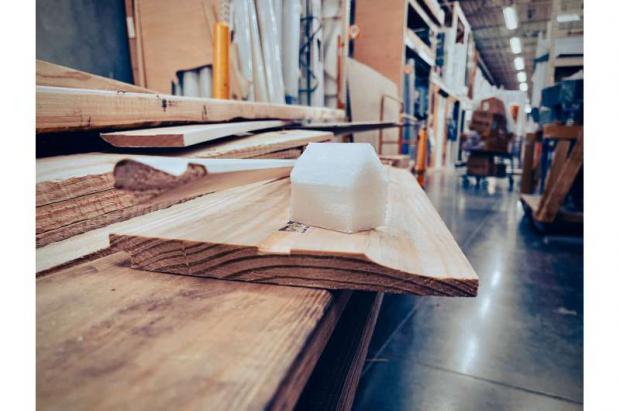
Breaking News
 The #1 Most Dangerous Fat in the World!
The #1 Most Dangerous Fat in the World!
 Is $140K the New Poverty Line? Is This the End of America's Middle Class?
Is $140K the New Poverty Line? Is This the End of America's Middle Class?
 Here Are the NEWLY RELEASED Epstein Images Tied to Powerful Democrats
Here Are the NEWLY RELEASED Epstein Images Tied to Powerful Democrats
 Joe Biden Still Struggling to Raise Money for Presidential Library – No New Donations...
Joe Biden Still Struggling to Raise Money for Presidential Library – No New Donations...
Top Tech News
 This tiny dev board is packed with features for ambitious makers
This tiny dev board is packed with features for ambitious makers
 Scientists Discover Gel to Regrow Tooth Enamel
Scientists Discover Gel to Regrow Tooth Enamel
 Vitamin C and Dandelion Root Killing Cancer Cells -- as Former CDC Director Calls for COVID-19...
Vitamin C and Dandelion Root Killing Cancer Cells -- as Former CDC Director Calls for COVID-19...
 Galactic Brain: US firm plans space-based data centers, power grid to challenge China
Galactic Brain: US firm plans space-based data centers, power grid to challenge China
 A microbial cleanup for glyphosate just earned a patent. Here's why that matters
A microbial cleanup for glyphosate just earned a patent. Here's why that matters
 Japan Breaks Internet Speed Record with 5 Million Times Faster Data Transfer
Japan Breaks Internet Speed Record with 5 Million Times Faster Data Transfer
 Advanced Propulsion Resources Part 1 of 2
Advanced Propulsion Resources Part 1 of 2
 PulsarFusion a forward-thinking UK aerospace company, is pushing the boundaries of space travel...
PulsarFusion a forward-thinking UK aerospace company, is pushing the boundaries of space travel...
 Dinky little laser box throws big-screen entertainment from inches away
Dinky little laser box throws big-screen entertainment from inches away
 'World's first' sodium-ion flashlight shines bright even at -40 ºF
'World's first' sodium-ion flashlight shines bright even at -40 ºF
3D-printable phase-change materials insulate buildings better at scale

Phase-change materials (PCMs) show promise for this, and now engineers at Texas A&M have developed a new PCM composite that can be 3D printed.
The name "phase-change materials" is pretty self-explanatory – these materials will switch between phases of matter as the temperature changes. One of the most promising applications for this technology is insulation: the PCM melts into a liquid as it absorbs heat, cooling its surroundings. As the ambient temperature cools, the material will solidify again, releasing its stored heat.
In the past, PCMs have been used in coffee cups to keep hot drinks hot, fabrics that keep wearers warm or cool as needed, liquid coatings that prevent frost build-up, and in building materials that better regulate indoor temperature. It's that last one that the researchers on the new study wanted to improve.
Previous PCMs have been rather inefficient and costly, because they need a shell to contain their liquid form. That means pellets of PCMs need to be embedded into a building material, but fewer of them can fit in that form, and it can be difficult to scale that production.
For the new study, the Texas A&M researchers looked to mix a PCM directly into a building material. They mixed paraffin wax, as the PCM, with liquid resin as the supporting structure, creating a soft, paste-like material that can be shaped as needed. Once it's in the desired shape, it can be cured with UV light to harden the resin.



